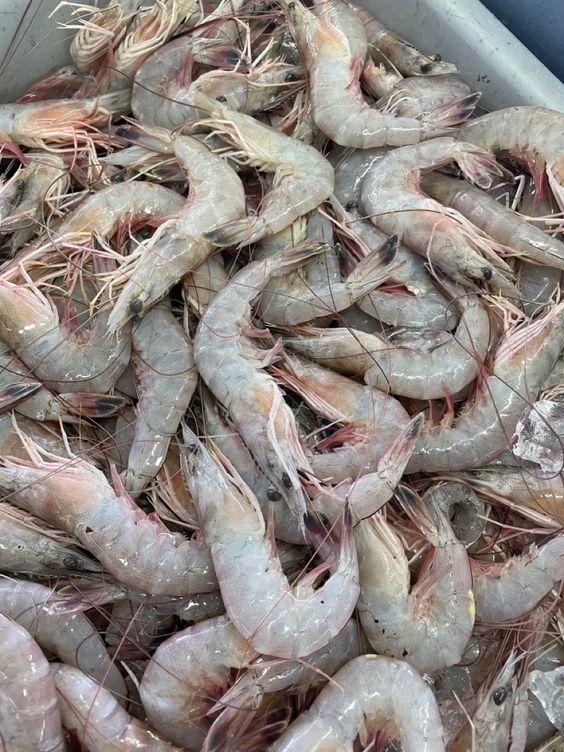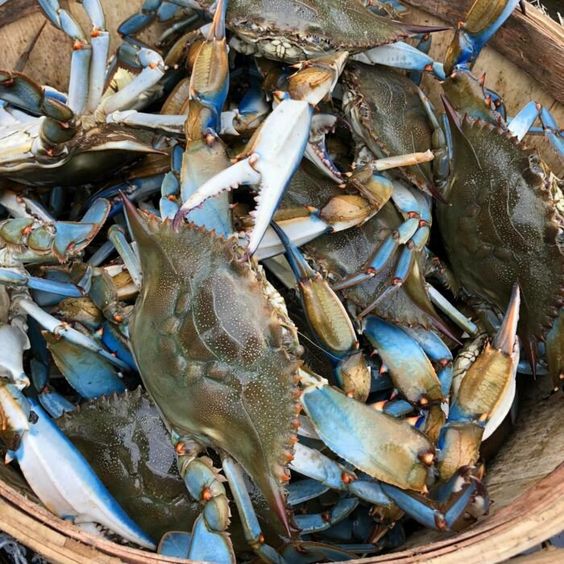Diving Deep into Shrimp Sustainability: A Consumer’s Guide
Shrimp Sustainability is a beloved seafood staple enjoyed worldwide. Its versatility and delicious taste make it a popular choice for countless dishes. However, the environmental impact of shrimp production can be significant. This article explores the complexities of shrimp sustainability, empowering you to make informed choices as a consumer.
Contents
The Challenge of Sustainability
Shrimp Sustainability can be caught in the wild or farmed in aquaculture facilities. Both methods present sustainability challenges:
- Wild-caught shrimp: Unsustainable fishing practices can lead to overfishing, damaging marine ecosystems and endangering other marine life caught unintentionally (bycatch).
- Farmed shrimp: While offering greater control over production, shrimp farms can contribute to:
- Habitat destruction: Conversion of mangroves and wetlands for shrimp ponds.
- Pollution: Excess nutrients and antibiotics used in aquaculture can harm surrounding water bodies.
- Mangrove loss: Mangroves are crucial ecosystems for coastal health, and their destruction for shrimp farms disrupts this delicate balance.
Sustainable Practices for Shrimp Production
Fortunately, efforts are underway to promote sustainable shrimp farming and fishing practices. Here are key aspects of sustainable shrimp production:
- Responsible wild-caught fisheries: These fisheries implement quotas, use selective fishing gear to minimize bycatch, and prioritize long-term stock health. Look for certifications from organizations like the Marine Stewardship Council (MSC) that verify these practices.
- Shrimp farm certifications: Several certifications denote responsible aquaculture practices. These include the Aquaculture Stewardship Council (ASC) certification, which addresses environmental and social impacts.
- Minimizing environmental impact: Sustainable shrimp farms:
- Reduce reliance on wild fish for feed by using alternative, plant-based ingredients.
- Employ proper waste management to minimize pollution.
- Conserve water resources.
- Social responsibility: Sustainable shrimp production upholds fair labor practices and protects the rights of workers.
How to Choose Shrimp Sustainability
As a consumer, you can play a crucial role in promoting sustainable shrimp practices. Here are some tips to guide you:
- Look for certifications: The blue MSC label for wild-caught shrimp and the ASC label for farmed shrimp indicate adherence to sustainability standards.
- Ask questions: Talk to your fishmonger about the origin and farming practices of the shrimp they sell.
- Explore alternative choices: Consider purchasing other sustainable seafood options like mussels, oysters, or certain low-impact fish species.
- Buy local (when possible): Shrimp sourced from local fisheries can reduce transportation-related environmental impact.
Shrimp Sustainability Sources
While currently no wild-caught shrimp fisheries achieve the highest “Best Choice” rating from organizations like Seafood Watch, some fisheries demonstrate better practices. These include:
- Gulf of Mexico pink shrimp fishery (US) – This fishery implements quotas and uses bycatch reduction devices.
- Spot prawn fishery (US & Canada) – This fishery utilizes trap fishing with minimal bycatch.
For farmed shrimp, look for brands with ASC certification or those demonstrably committed to sustainable practices.
The Future of Sustainable Shrimp
Shrimp Sustainability,The future of sustainable shrimp is promising. Ongoing research focuses on:
- Developing alternative feeds: Replacing fishmeal in shrimp feed with plant-based or insect protein sources can significantly reduce environmental impact.
- Improving farm management: Optimizing water usage, minimizing waste, and promoting disease prevention in shrimp farms are key areas of focus.
- Transparency and traceability: Consumers increasingly demand transparency in seafood supply chains. Improved traceability allows for better monitoring of practices throughout the production process.
Taking Action for Sustainable Shrimp
Shrimp Sustainability,By making informed choices and supporting sustainable practices, consumers can be a driving force for positive change in the shrimp industry. Here are some actions you can take:
- Educate yourself: Stay informed about the latest developments in sustainable shrimp production.
- Support sustainable brands: Look for brands demonstrably committed to responsible shrimp farming.
- Advocate for change: Contact your local legislators and urge them to support policies that promote sustainable seafood practices.
By working together, consumers, producers, and policymakers can ensure a future where we can enjoy delicious shrimp without compromising the health of our oceans.






